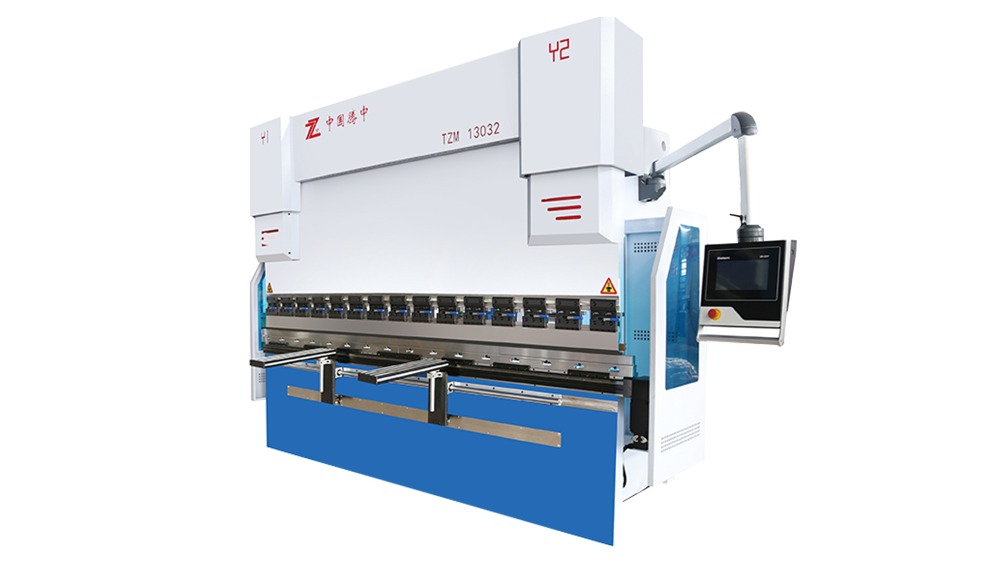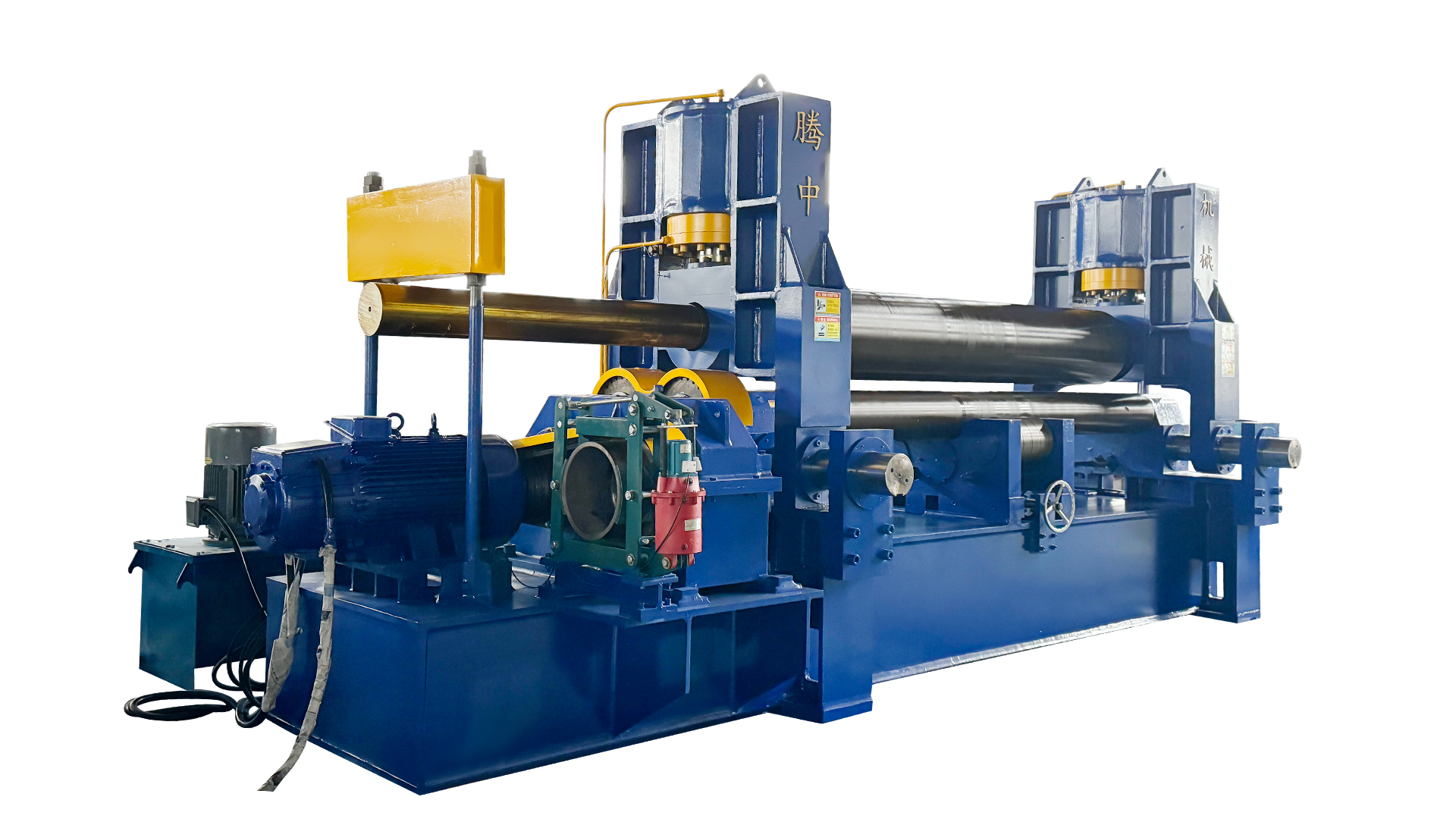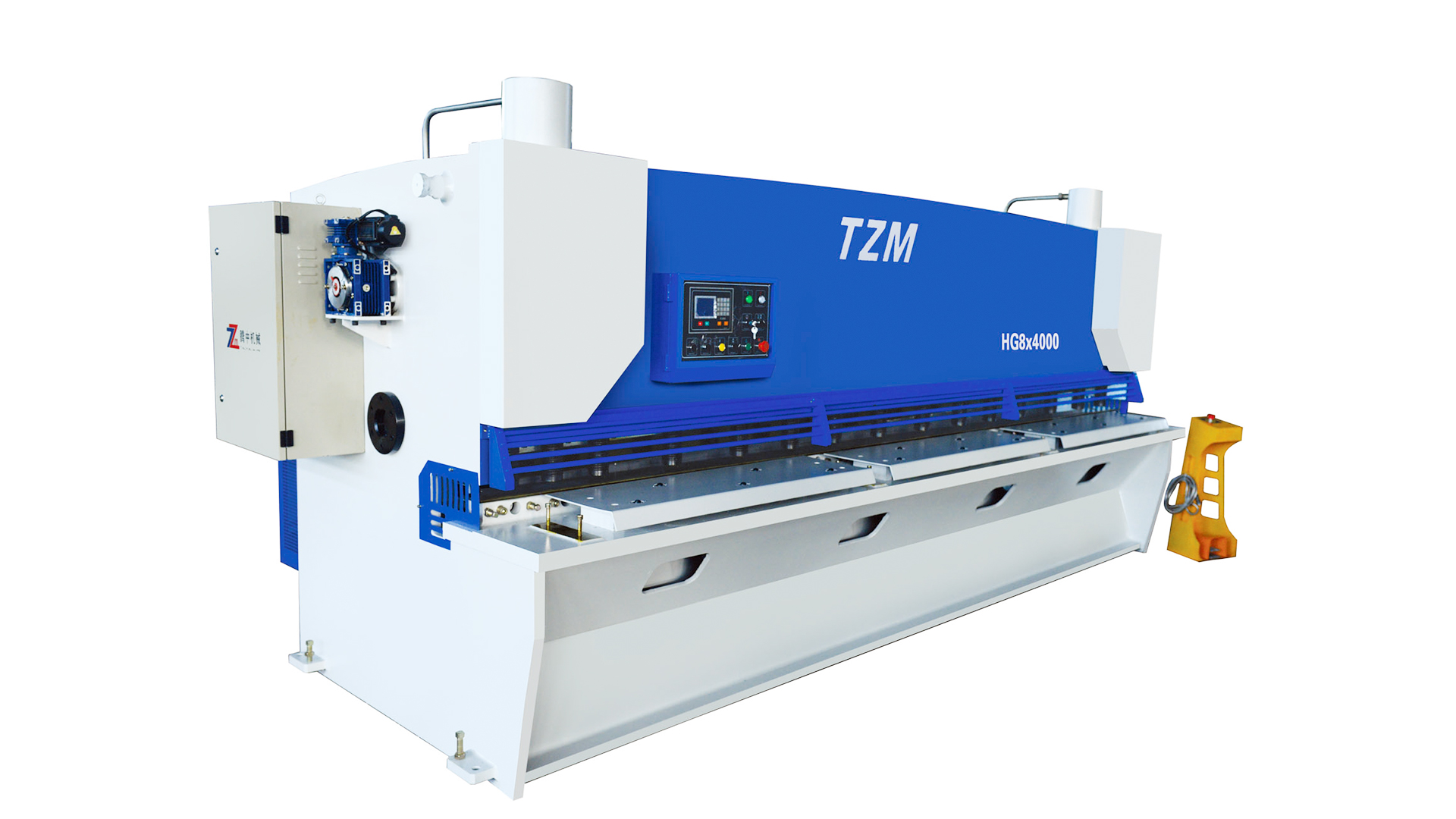What is the difference between a tonnage rating and bending force in a press brake machine?
2025-01-02
When selecting a press brake machine, understanding the nuances between tonnage rating and bending force is crucial for ensuring optimal performance and precision. While these terms may seem interchangeable at first glance, they represent distinct aspects of the machine's capabilities. Each plays a significant role in determining the press brake’s efficiency, effectiveness, and suitability for specific applications.
Tonnage Rating: The Foundation of Press Brake Strength
The tonnage rating of a press brake refers to the maximum amount of force the machine can exert during the bending process. It is usually measured in tons and directly correlates to the size and thickness of the material that can be processed. This rating takes into account the hydraulic or mechanical system's ability to generate pressure and apply force along the length of the press brake.
A higher tonnage rating indicates the press brake can handle thicker, heavier materials or longer sheets. It serves as an essential factor when choosing the right press brake for specific tasks, as insufficient tonnage may lead to incomplete bends or potential damage to the machine or tooling.
The tonnage rating is primarily determined by the machine's ram force—the force exerted by the upper beam on the material as it is bent. It reflects the maximum capability of the press brake but does not necessarily indicate how efficiently or effectively the machine applies this force in actual bending operations.

Bending Force: The Application of Tonnage in the Bending Process
Bending force, on the other hand, refers to the actual force applied at the point of contact between the tool and the material during the bending operation. This is the force that bends the metal into the desired shape and is typically expressed in pounds or kilograms. While tonnage rating gives a broad idea of the press brake's overall power, bending force is more specific to the actual mechanics of forming the material.
The bending force is influenced by factors such as the type of tooling, the bend angle, the material’s thickness, and the die opening. As the material moves through the press brake, the bending force acts at the die contact area and is responsible for achieving the precise angle and shape required. The force is distributed along the length of the bend, with the material in the center generally experiencing the highest pressure.
The distinction between tonnage rating and bending force becomes apparent when you consider how a press brake machine works. While tonnage rating indicates the machine's overall capability, bending force describes the localized application of that power to form the material accurately.
Why Understanding Both is Critical for Optimal Performance
To achieve high-quality results with a press brake, it's not enough to simply choose a machine with a high tonnage rating. The bending force must also be considered in conjunction with the machine’s tooling and the material’s characteristics. Press brake operators must take into account the required force for the specific bend, as well as the limitations of both tonnage rating and bending force.
For instance, a press brake with a higher tonnage rating may be needed to bend thicker materials, but without the appropriate tooling and bending force, the machine may not achieve the precise angles and smooth curves required. Conversely, a machine with a lower tonnage rating might be sufficient for lighter materials, but using it for heavier workpieces could lead to deformation or incomplete bends.
Furthermore, the distribution of bending force across the length of the workpiece can also affect the overall quality of the bend. Uneven bending force may lead to inconsistent results, such as distortion or wrinkles. This is why selecting the right machine with both the proper tonnage rating and bending force is essential for achieving consistent, high-quality bends.
While tonnage rating and bending force are related, they serve different purposes in the operation of a press brake. Tonnage rating reflects the maximum force the machine can generate, while bending force refers to the actual localized force applied to the material during bending. Understanding both parameters is critical for choosing the right press brake for your specific needs and ensuring the accuracy and quality of your work. By factoring in both the machine’s tonnage rating and the bending force requirements for your materials and tooling, you can make an informed decision that enhances the performance, longevity, and efficiency of your press brake machine.

 English
English русский
русский Français
Français Español
Español Português
Português عربى
عربى





